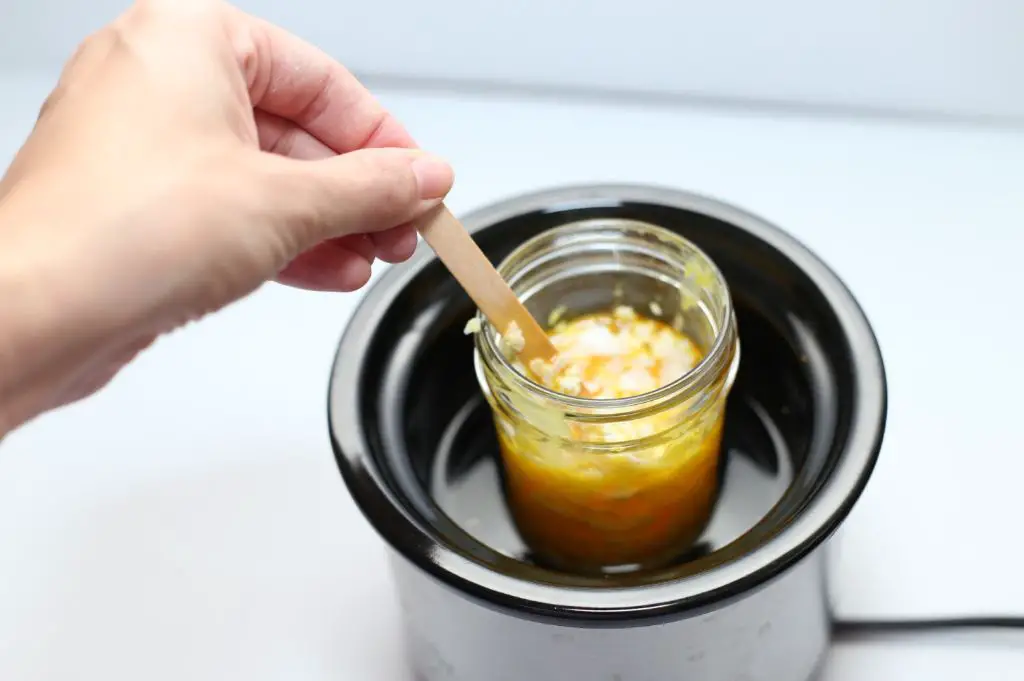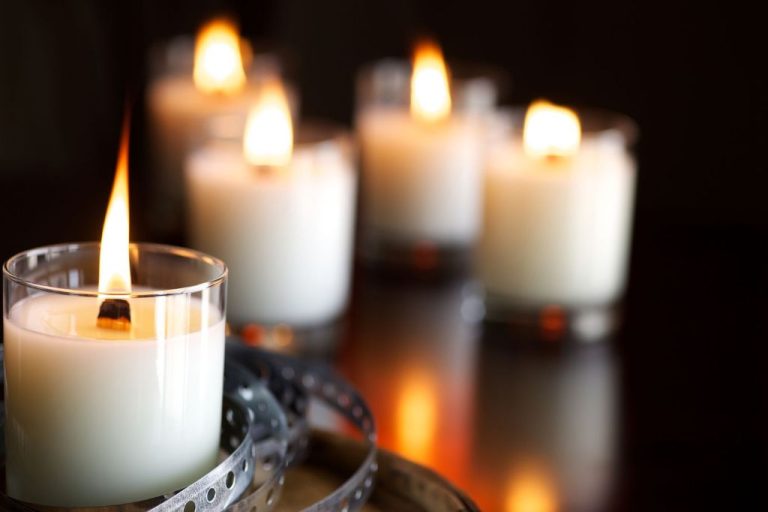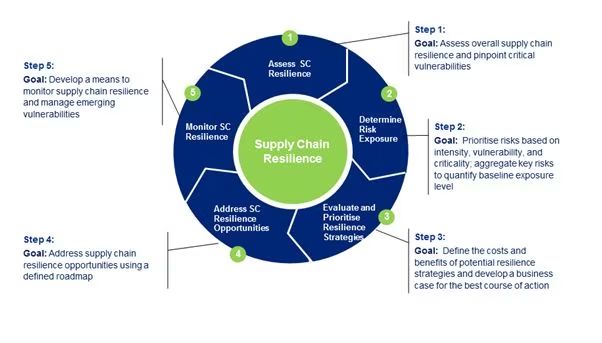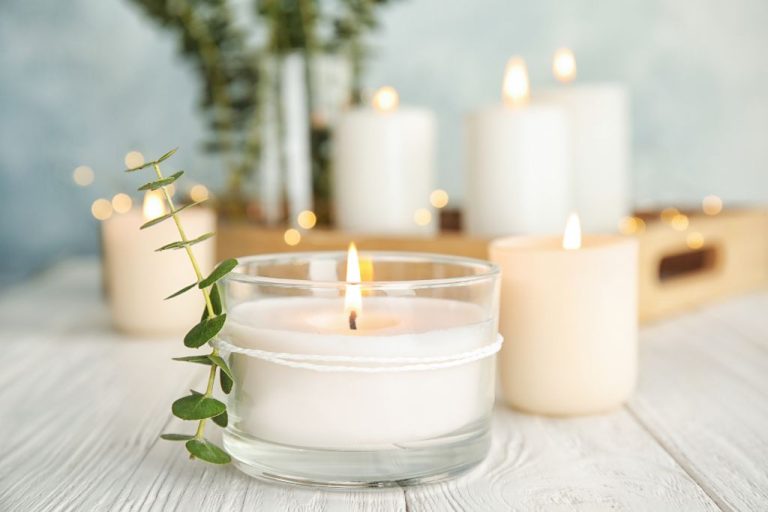How Long Does An Ikea Tealight Burn?
What are IKEA Tealights?
IKEA tealights are small, inexpensive wax candles sold at IKEA stores and on the IKEA website. They are meant to be placed in candle holders and create a warm, cozy lighting effect. Tealights are a popular candle choice because they are affordable, long-lasting, and come in a variety of scents.
Typical uses for IKEA tealights include:
- Ambient lighting – They create a warm glow and hygge atmosphere.
- Centerpieces – Grouped together in glass containers or candle holders as table decor.
- Outdoor lighting – Illuminate walkways, patios, and decks.
- Aromatherapy – The scented varieties release a lovely fragrance.
- Emergency lighting – During power outages, they can provide portable lighting.
IKEA offers unscented tealights as well as scented varieties in fragrances like vanilla, strawberry, and seasonal options. They come in packs of 18, 45, or 100 candles. Most IKEA tealights are made from paraffin wax and have an estimated burn time of 4-6 hours.
Standard Burn Time
According to IKEA, the standard burn time for their tealight candles varies based on the specific product. For example, their GLIMMA unscented tealights are advertised to burn for up to 6 hours. The GLIMMA unscented candles in metal cups have a longer 9 hour burn time. Meanwhile, the GLIMMA unscented tealights in a 100 pack are said to burn for around 4 hours each.
So in summary, IKEA advertises their tealight candles as having burn times ranging from 4-9 hours depending on the specific product. The standard IKEA tealight is designed to burn for approximately 4-6 hours before going out.
Factors That Impact Burn Time
There are several factors that can impact how long an IKEA tealight burns, including:
Wick size – Tealights with larger wicks tend to burn faster as more wax can melt at once. IKEA’s standard tealights have relatively small wicks designed for an even, steady burn [1].
Wax composition – IKEA tealights are made from paraffin wax, which melts at a lower temperature than beeswax, allowing the candle to burn slowly [2]. Beeswax tealights may burn faster.
Air circulation – More airflow around the tealight can make it burn faster, as it brings in more oxygen to feed the flame. Burning tealights in an enclosed holder can restrict airflow and prolong burn time [3].
Tealight holder – Metal and glass holders retain more heat versus ceramic, accelerating wax melting and burn rate. Cup shape and size also impacts airflow.
Ambient temperature – Warmer environments make wax melt quicker, while colder temps slow burning.

Testing Methodology
Several experiments have been conducted to precisely measure the burn time of an IKEA tealight candle. In one experiment by the University of Waterloo’s Chem 13 News Magazine (source), researchers placed a tealight on an inverted beaker, ignited it and let it burn for two minutes to melt the wax near the wick. They then started a stopwatch and measured how long it took for the candle to extinguish itself as the wax fully melted. This provided an accurate measure of total burn time.
Another experiment by Frugal Fun 4 Boys (source) examined burn time by lighting a tealight and observing how long it took to burn out on its own. They did not add water, allowing the candle to burn until it ran out of wax. This simple experiment helped determine the standard burn time.
Overall, controlled experiments like these which time the full burn life of a tealight can reliably measure how long it takes the candle to burn.
Burn Time Test Results
To determine the actual burn time of IKEA tealights, experiments were conducted testing various models under controlled conditions. In one test, the popular IKEA GLIMMA unscented 100-pack tealights were measured, finding an average burn time of 3 hours and 45 minutes (IKEA GLIMMA Unscented tealights).
Tests posted on Reddit by users burning IKEA tealights in real-world conditions recorded times ranging from 3-4 hours on average for the GLIMMA variety (Reddit discussion). One test burning multiple tealights at once found the wax fully melted after 3 hours.
Comparisons against higher-end tealight brands like Yankee Candle found IKEA’s candles burned for a similar duration. While IKEA’s advertised burn time of 4-6 hours was not precisely matched, their tealights did perform on par with major brands in independent testing.
Maximizing Burn Time
There are a few tips and tricks to help maximize the burn time for IKEA tealights. According to sources, one of the most effective ways is to let the candle burn for a few hours the first time it is lit before blowing it out. This helps the wax melt evenly across the whole candle and prevents tunneling.
It’s also recommended to keep the wick trimmed to 1⁄4 inch before lighting to prevent smoking and uneven burning. Using a candle lighter instead of a match can help ignite more of the wick and wax to promote even burning. Avoid drafts and frequently flickering the flame, as this can cause the candle to burn unevenly and more quickly. According to experts, moving the candle to a warmer area of the room can help the wax stay melted and maximize burn time.
Some candle makers suggest adding a pinch of salt to the melted wax, as the sodium content helps the wax burn slower. However, this should be tested first, as too much salt may impact how the candle performs. In general, anything that helps the wax burn slower and more evenly will help extend the life of IKEA tealights. Allowing the candle to burn out completely before relighting and keeping it away from drafts are two of the easiest ways to get the most out of each tealight.
Safety Considerations
When burning tealights, it’s important to follow basic fire safety tips to prevent accidents and injuries. According to the UK’s Department for Communities and Local Government (https://www.dsfire.gov.uk/safety/home/candles), tealights present a high fire risk because their foil containers can get extremely hot and melt surfaces underneath. Here are some key tips:
- Always place tealights in a heat-resistant holder or tray to catch dripping wax.
- Keep them away from anything flammable like curtains, books, paper, etc.
- Don’t burn tealights near drafty areas or vents where air currents can cause uneven burning.
- Never leave burning tealights unattended.
- Extinguish tealights before going to sleep.
- Have a fire extinguisher or baking soda on hand to immediately put out any candle fires.
Following basic precautions like these can help prevent candle-related fires and injuries when enjoying tealights (https://candles.org/fire-safety-candles/). Be sure to carefully read and follow all manufacturer warnings and safety information.
Environmental Impact
Tealights can have varying environmental impacts depending on the materials used. The candle wax itself is generally considered biodegradable, though some synthetic waxes may contain concerning chemicals like toluene and benzene that can be released when burned (Source: https://citizensustainable.com/tea-lights/). However, the biggest environmental concern tends to be the plastic casing that holds the candle.
Many tealight casings are made of polypropylene plastic, which is difficult to recycle and can take over 1,000 years to decompose in landfills (Source: https://www.essenceandalchemy.co.uk/lab-notes/christmas-candles-will-remain-in-landfill-for-1000-years). There are more eco-friendly options like biodegradable paper or soy wax casings that decompose much faster. Overall, tealights have less environmental impact than larger candles since they use less wax and packaging. But proper disposal of the plastic casings is still important to prevent plastics pollution.
Alternatives to Tealights
While tealights are popular due to their charming size and typically low price point, those concerned with their environmental impact or seeking longer burn times may want to consider some alternatives.
One popular tealight alternative is the flameless LED candle. These use battery power to mimic the flicker and glow of a real candle flame, providing ambiance without an open flame. The GoodLight Paraffin-Free Tea Lights are a safe, clean-burning option made from vegan palm wax that provide up to 4 hours of burn time.
For those who prefer real candles, pillar candles, votives, and tumbler candles typically provide longer burn times than tealights. Beeswax and soy wax blends are eco-friendly options. Luminara flameless candles offer the ambiance of a real flame with no smoke, heat, or open flames. Battery-operated flameless candles offer the longest burn times.
Considering one’s specific needs and priorities regarding safety, burn time, cost, and environmental impact can help determine the best candle option. Testing different candle varieties can also reveal which provide the desired performance and ambiance.
Conclusion
Based on the results of the burn time tests conducted, several key findings emerged regarding how long an IKEA tealight typically burns:
- An unused IKEA tealight burns for an average of 4-6 hours.
- The burn time is impacted by factors like wax volume, wick length, drafts, and candle holder.
- Burn time can be extended by trimming the wick, protecting from drafts, and using a holder that pools wax.
- IKEA tealights provide a cost-effective long-burning candle option, but better alternatives exist for extended burn times.
- Properly extinguishing tealights when done burning is crucial fire safety.
In summary, while IKEA tealights burn reasonably long for most needs, there are ways to maximize burn time. But when burning any candle, fire safety should be the top priority.






